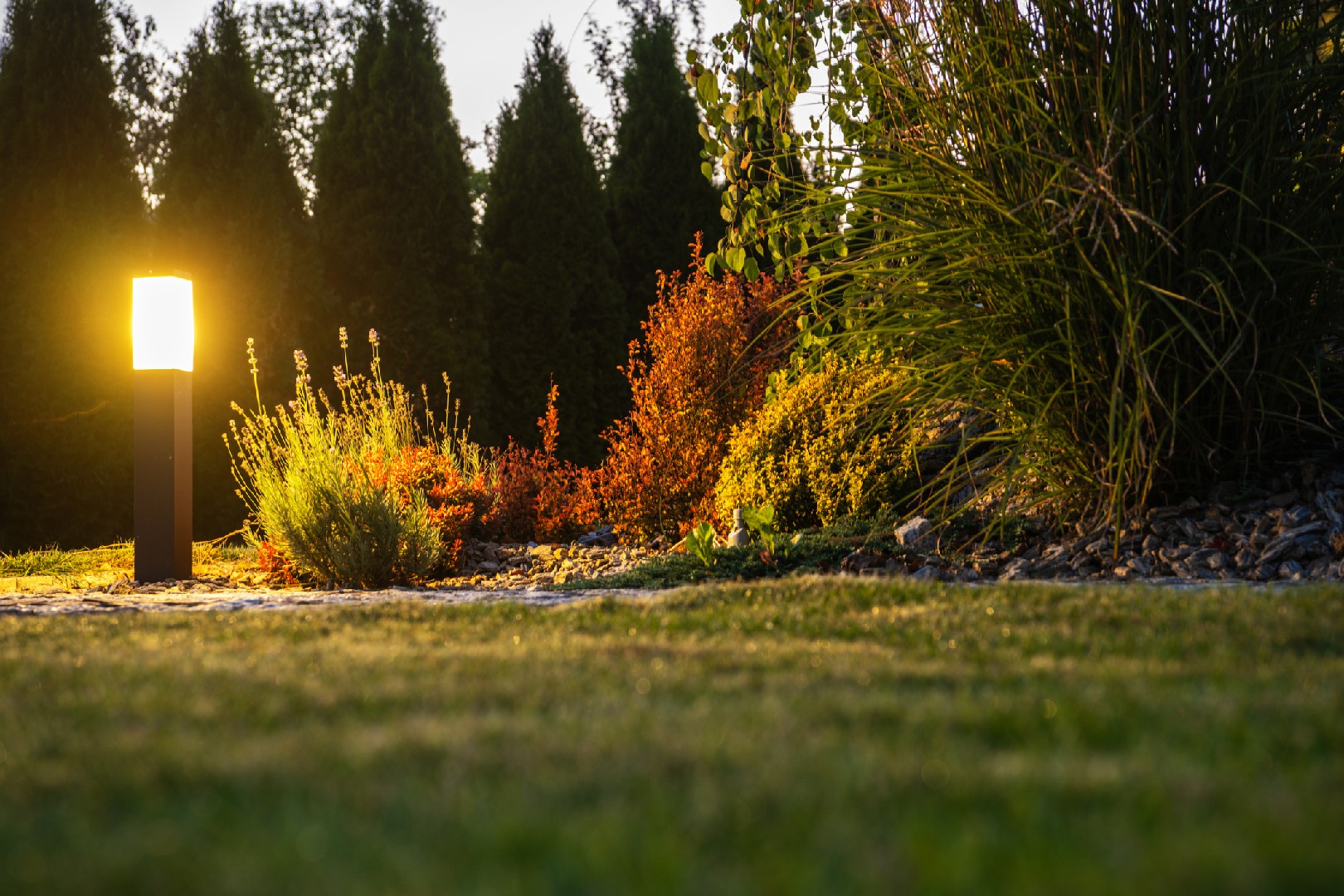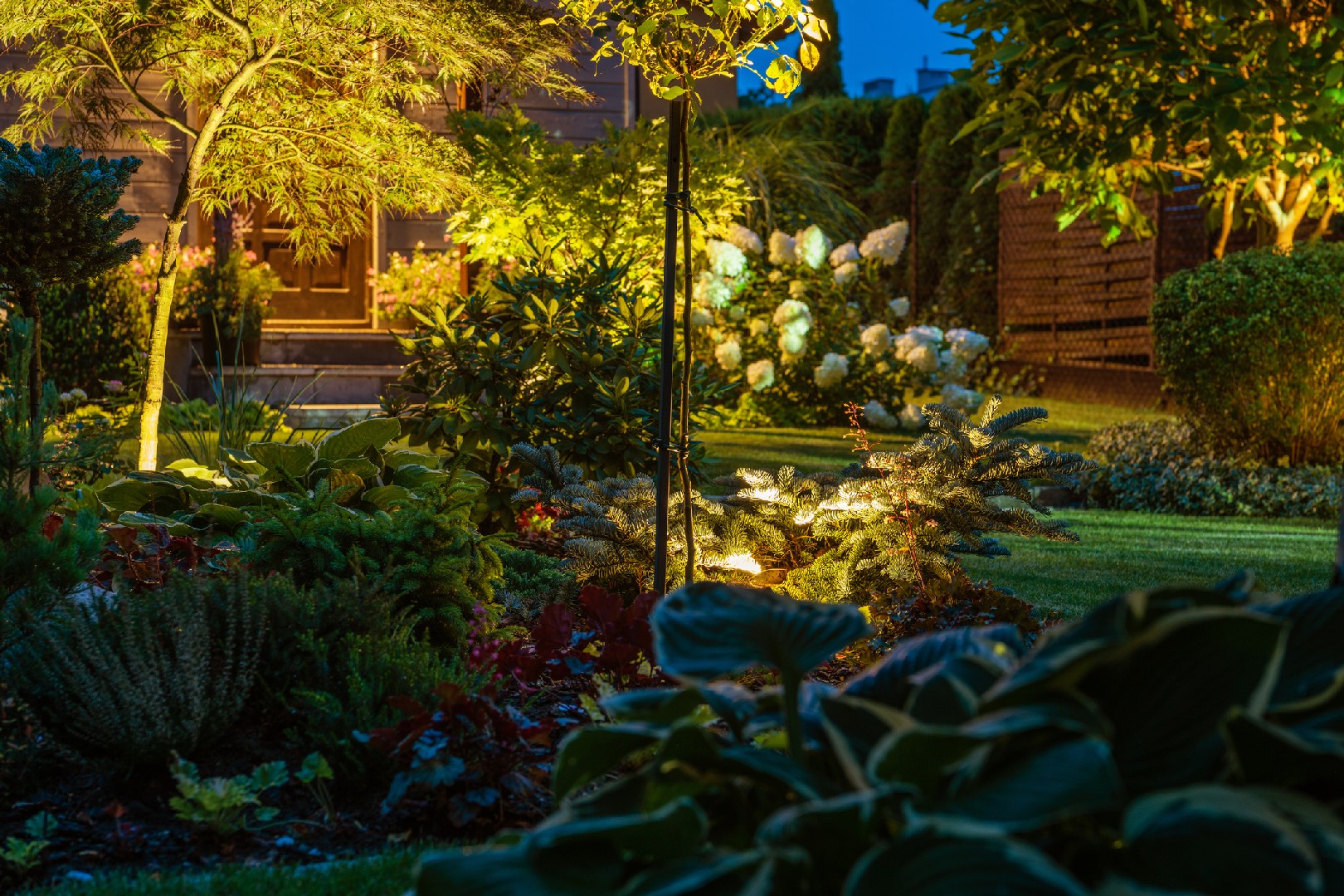![Rectangle]()
Understanding the Importance of Garden Accessibility
Garden accessibility is a crucial element to consider when designing any outdoor space. It goes beyond just providing easy access for individuals with physical disabilities; it is an essential measure of inclusivity that ensures everyone can enjoy the beauty and tranquility of a garden.
One of the key reasons why garden accessibility is vital is the safety it offers. Poor illumination in outdoor spaces can create hazardous conditions, especially during the evening or night. Uneven paths, steps, or obstacles can become a tripping or falling hazard without proper lighting. By enhancing the garden's accessibility through effective lighting, these safety issues can be mitigated, providing a secure environment for everyone to enjoy.
Moreover, garden accessibility not only benefits individuals with disabilities but also enhances the enjoyment of outdoor spaces for everyone. When a garden is designed with accessibility in mind, it becomes a welcoming environment for individuals of all ages and abilities. Families with young children, elderly individuals, or those with temporary injuries can navigate the garden comfortably, promoting inclusivity and fostering a sense of community. It allows friends and family to come together and enjoy the outdoors regardless of their physical capabilities.
To enhance garden accessibility through effective lighting, there are several practical tips and techniques to consider. First and foremost, it is important to ensure that all paths and walkways are well-lit. Installing pathway lights or solar-powered stake lights along the edges can provide adequate illumination, making it easy to navigate the garden even in low-light conditions.
Another method to enhance garden accessibility is to incorporate motion sensor lights. These lights automatically turn on when they detect movement, ensuring a well-lit path for individuals approaching the garden. Motion sensor lights are particularly useful for those with visual impairments, as they provide a clear indication of the path ahead.
Additionally, considering the placement of lights is crucial to optimize accessibility. Lights should be strategically placed to illuminate potential hazards and obstacles such as steps, ramps, or changes in elevation. By highlighting these elements, individuals with disabilities or limited mobility can navigate the garden with confidence and ease.
In conclusion, understanding the importance of garden accessibility is essential for creating inclusive outdoor spaces. By addressing safety concerns and enhancing the enjoyment of all individuals, garden accessibility promotes inclusivity and fosters a sense of community. Incorporating effective lighting techniques, such as pathway lights and motion sensor lights, can significantly enhance garden accessibility. Remember, a well-lit garden not only benefits individuals with disabilities but also enhances the overall experience for everyone. So, let us embrace inclusivity and create accessible gardens that can be enjoyed by everyone, regardless of their physical capabilities.





